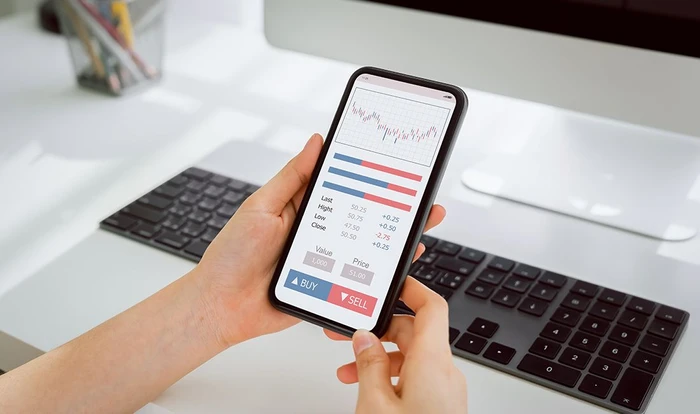Interbank exchange rate: what it is and how does it work?
Whenever you send money abroad in a foreign currency, shop with your card on a holiday or make any other transactions that require swapping currencies, a certain exchange rate is applied. The process of trading one currency for another may be performed by your bank, card payment processor, exchange shop or any other business that offers FX service.
But how does one choose how much a currency is worth? What influences the rate you get and why is everyone obsessed with the interbank rate? We'll address these questions below.

What is the interbank exchange rate?
Let's start by digging into what the interbank exchange rate is. The interbank rate (sometimes referred to as the real rate or the mid-market rate) is the one banks use to exchange foreign currencies between themselves.
This rate is never passed onto the clients – most banks, brokers and other financial institutions that offer currency exchange earn money by adding a margin on top of it or charging a fixed conversion fee.
How does the interbank exchange rate work?
The forex market is open 24 hours a day from Sunday evening to Friday evening. This is the place where bankers and brokers trade, making over $6.6 trillion dollars of transactions daily, according to Statista. The average rate at which all of these buy and sell transactions happen is called the interbank rate. This rate constantly fluctuates.
How to find the interbank rate?
The quickest and easiest way is to find interbank rates on Google. Just type "1 GBP to EUR" or any other currency pair as your search request and receive your answer as well as a simple exchange calculator and a little graph showing this rate's fluctuation history.
Google, however, is not the only provider of this information. You can check the real-time rate on other trusted news, research and financial information sources such as Reuters, Bloomberg, DailyFX and others. Most of them publish accurate data that gets updated by minutes.
How is the interbank foreign exchange rate calculated?
The open market is what determines the interbank rate – that's the beauty of this economic system. The shifts in demand and supply of certain currencies affect the rate at which banks trade them. The interbank rate is the middle point between the buy rate – the rate at which the banks are ready to purchase a foreign currency, and the sell rate – the one they are selling it at.
For example, the banks are selling 1 GBP at 1.22 USD and buying 1 GBP at 0.82 USD. It makes the interbank exchange rate 1.02.
Is the interbank exchange rate the best?
Yes, interbank rates are always the best option there is. Although they are almost never accessible to end clients, it is good to know them so that you can check them against different competitor offers. The closer their rate is to the interbank rate, the better the deal.
Don't forget to check the forex service providers for additional fees. Sometimes they may differ depending on the amount of money you exchange. Often it may be cheaper to choose a bank that offers a lower exchange rate than the one that offers a higher rate but charges extra for the conversion services.
Why are interbank exchange rates important?
The interbank rates are important because they show you the real value of the currency. After all, they are what determines the currency exchange rates your bank, electronic money institution, exchange bureau or FX broker provides you.
Different FX service providers update their rates at different speeds. Your usual brick-and-mortar bank may have up to a day-long delay between the moment you make a conversion request and the moment your bank performs it. It makes it impossible to predict the exact rate that will be applied at the actual time of the conversion.
The foreign exchange rates available on the MultiPass online platform get updated in real time allowing you to see how much of a foreign currency you'll get after the conversion. The exchange is performed instantly and the money received can be transferred to your partners or suppliers straight away using the most cost-effective payment method.
Conclusion
To conclude, interbank exchange rates are used by the banks but they can help you make sure you choose the best FX option.
Many of our business customers work in international trade and regularly make payments worth tens and hundreds of thousands of pounds, dollars or euros. When you exchange large sums of money, even the slightest exchange rate difference may save you significantly more money or, on the contrary, cause overspending.
Usually, traditional banks charge for FX services considerably more than other market players. At MultiPass we offer our customers wallet-friendly exchange rates that are on average 2.5X more profitable compared to high-street banks. Our FX desk with live rates and a business account supporting 70+ currencies let MultiPass customers reduce the cost of their international transactions and alleviate currency volatility risks. Get a taste of our exchange rates in the calculator here or contact us to learn more.